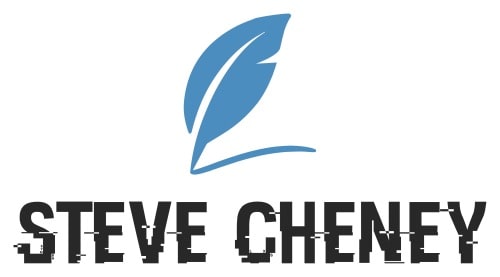As a writer, finishing your book is undeniably the most difficult task. You have invested all your energy in crafting a world, developing characters, and weaving a story you are eager to share. However, the journey from enthusiastic writer to published author can feel daunting, especially for beginners.
Whether you envision your book gracing the shelves of bookstores or captivating readers on e-readers, you need to be mindful of your expectations from your book. The world of publishing is exciting, but it also has its own challenges. Follow the guide given below to make your publication a success.
Polish Your Prose
Polishing your prose is the editing process that is basic but important. It involves going through your manuscript and checking for grammar errors, typos, and awkward phrasing. It is also about making sure your story flows smoothly.
You need to make sure your characters are believable and your descriptions are vivid. This might seem daunting, but it is a crucial step before publishing your book. When readers pick up your book, you want them to be immersed in your story, not distracted by minor mistakes.
By taking the time to polish your prose, you ensure a smooth and enjoyable reading experience. By doing so you will increase your chances of success as a published author.
Focus on Cover Design
Imagine you are browsing a bookstore. Hundreds of colorful books are arranged on the shelves. One cover, with an uninteresting image and a bland font, would barely get your attention. But the one that has an intriguing title and the image hints at the story within will catch your eye.
This is the power of cover design. For beginner authors venturing into the world of publishing, a well-designed cover is crucial. It is your silent salesperson who convinces readers to pick your book over countless others.
An eye-catching book cover acts as a visual promise of the exciting adventure or heartwarming tale that awaits them within the pages. You do not need to be a graphic designer. Some talented freelance designers specialized in creating book covers can be at your service.
Investing in professional design might seem like a cost, but it is an investment in your book’s success.
Decide Between Self-Publishing or Traditional
Once you are done with the final touch-ups of your book you can decide and choose whether you would self-publish or opt for the traditional way of publishing. Consider the pros and cons of both types. There is no single best answer, it depends on your goals and personality.
Traditional publishing offers the prestige of a publishing house behind your book. They handle editing, cover design, marketing, and distribution, tasks that can be overwhelming for beginners. However, landing a traditional publishing deal can be tough. You will need a literary agent to represent you, and even then, facing rejection is common.
Self-publishing puts you in the driver’s seat. You control the editing process, book design, and pricing. You can publish your book quickly and see a higher percentage of royalties per sale. However, the responsibility falls on you to handle editing, formatting, cover design, marketing, and distribution.
Trust The Power of Networking
The world of publishing can be challenging for newbies, but to get recognition, you can easily trust the power of networking. Building relationships takes time and effort, but the rewards are plentiful. A strong network can provide not only encouragement and advice but also potential collaborators.
Maybe you connect with a fellow fantasy writer who would love to brainstorm magic systems with you, or perhaps you meet a seasoned editor who can offer feedback on your manuscript. You might even find yourself collaborating with a ghost writer fiction to perfect your prose or explore a different narrative style.
Pricing Power
As a beginner publishing your first fiction book, figuring out the right price can feel tricky. You want to make your book accessible to readers, but you also need to earn enough to cover your costs and turn a profit. This is where the concept of “pricing power” comes in.
Pricing power refers to how much control you have over setting your book’s price. Traditionally published authors typically have less control, as publishers often determine the final price. However, self-publishing gives you more freedom to experiment and find the sweet spot.
Strike a balance between affordability and profitability. Start by considering a price that feels fair to you, given your production costs and the value you believe your book offers. You can then adjust it based on your target audience’s expectations and market research.
Create a Website
Your website is your digital home base where readers can discover you, learn about your work, and connect with you as a writer. Building an author’s website is easier than you might think. Platforms like Wix and Squarespace offer user-friendly website builders with pre-designed templates.
These templates often include sections for showcasing your book cover and sharing a compelling bio about yourself. You can also provide your readers with excerpts to entice them. Your website should prominently display links for readers to purchase your book.
Beyond the practicalities, your website allows you to cultivate a relationship with your readers. This kind of engagement keeps readers interested and invested in your work, making them more likely to become fans and spread the word about your books.
Be Patient
As a first-time fiction author, you might get impatient to get your book out there and see your name on the cover. When it comes to publishing, patience is your secret weapon. The journey from finishing your manuscript to holding a finished book can feel long.
There is editing, formatting, cover design, and then the whole process of getting your book published. Each step takes time and careful consideration. Rushing through any of these stages can lead to mistakes or a product that does not quite shine.
By taking your time and being patient, you ensure your book is the best it can be, increasing its chances of finding success with readers.








